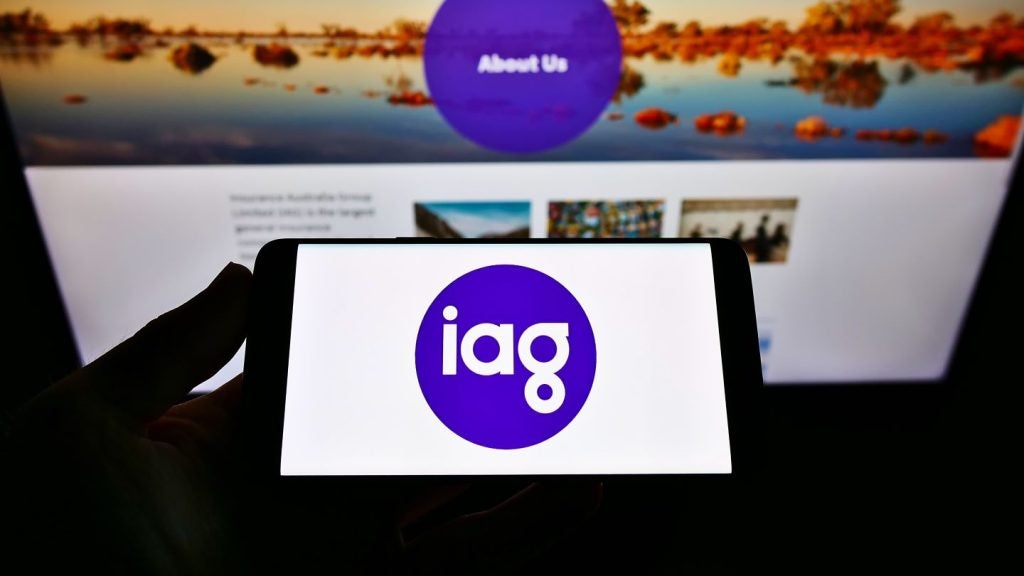Danielle Cripps, an analyst in the general insurance team at Verdict Financial, says although the over-50s market is often treated as one segment, there is huge scope to capitalise upon its diversity by focusing less on age, and more on lifestage when targeting products and services.
The UK’s over-50s population is growing. This is the result of baby booms that occurred after both world wars and during the 1960s.
In mid-2015, 44.7% of the UK’s adult population was aged 50 or above. This is forecast to reach 47.6% by 2025, according to the Office for National Statistics.The over-50s market is therefore a growing opportunity for providers of insurance, financial services, and retail products.
The segment is comprised of particularly powerful consumers, considering that the over-50s hold around 70% of household wealth in the UK, according to Saga Investment Services and the Centre for Economics and Business Research.
Those over 50 are often treated and targeted as one segment.
However, the over-50s market is highly diverse and should not be treated singularly.

US Tariffs are shifting - will you react or anticipate?
Don’t let policy changes catch you off guard. Stay proactive with real-time data and expert analysis.
By GlobalDataIndividual lifestyles differ due to a number of factors such as whether they are retired, whether they still have dependent children living at home, their health, and their financial freedom. Age is only relative.
Lifestages
Acknowledging this should encourage a move away from targeting the singular “over 50s” segment towards focusing on the different lifestages associated with growing older.
This is important because differences in lifestyle mean that the insurance needs of individuals also differ.
The need for travel insurance, for instance, is much greater for an individual who has been able to fund early retirement, is time-rich, and has no dependent children or parents to look after.
This is in contrast to an individual who is over 70 and is dependent on social care due to a medical condition that limits their mobility, and therefore the capability to travel.
This realization is something that insurance providers and the general financial services industry must acknowledge and use to develop their products and services to make them more relevant to consumers.
It should also be applied to product marketing. Those in their 50s will not regard themselves as old, and therefore will not be attracted to a generically labeled “over 50s” product.
If providers want to sell to these individuals, it is time for product targeting to move away from age towards lifestage.
Within Verdict Financial’s upcoming “Targeting the Over 50s with Insurance” report, the over 50s demographic has been segmented into five distinct lifestages. This spans those that still have dependent children in education, to those over 70 who are declining in health. The report explores the opportunities each lifestage provides insurers with and how best to target them.
For more information and analysis, visit www.verdictfinancial.com









